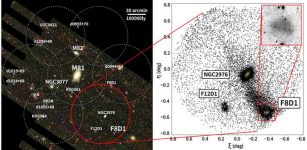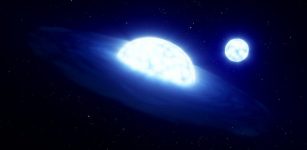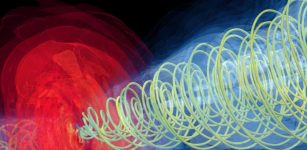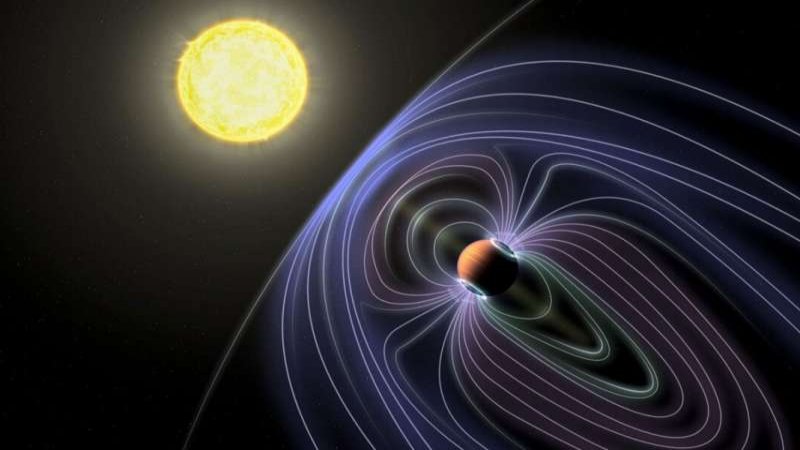Intriguing “X” On Pluto’s Icy Surface Of Sputnik Planum
MessageToEagle.com – A curious X-shaped feature located in the Pluto’s region known as Sputnik Planum, is clearly visible in the image recently delivered home by NASA’s New Horizons spacecraft.
Sputnik Planum is an icy plain that forms the left side of Pluto’s “heart” feature. It’s located at a lower elevation than most of the surrounding area by a couple of miles, but is not completely flat.
Its surface is separated into cells or polygons 10 to 25 miles (16 to 40 kilometers) wide, and when viewed at low sun angles (with visible shadows), the cells are seen to have slightly raised centers and ridged margins, with about 100 yards (100 meters) of overall height variation.
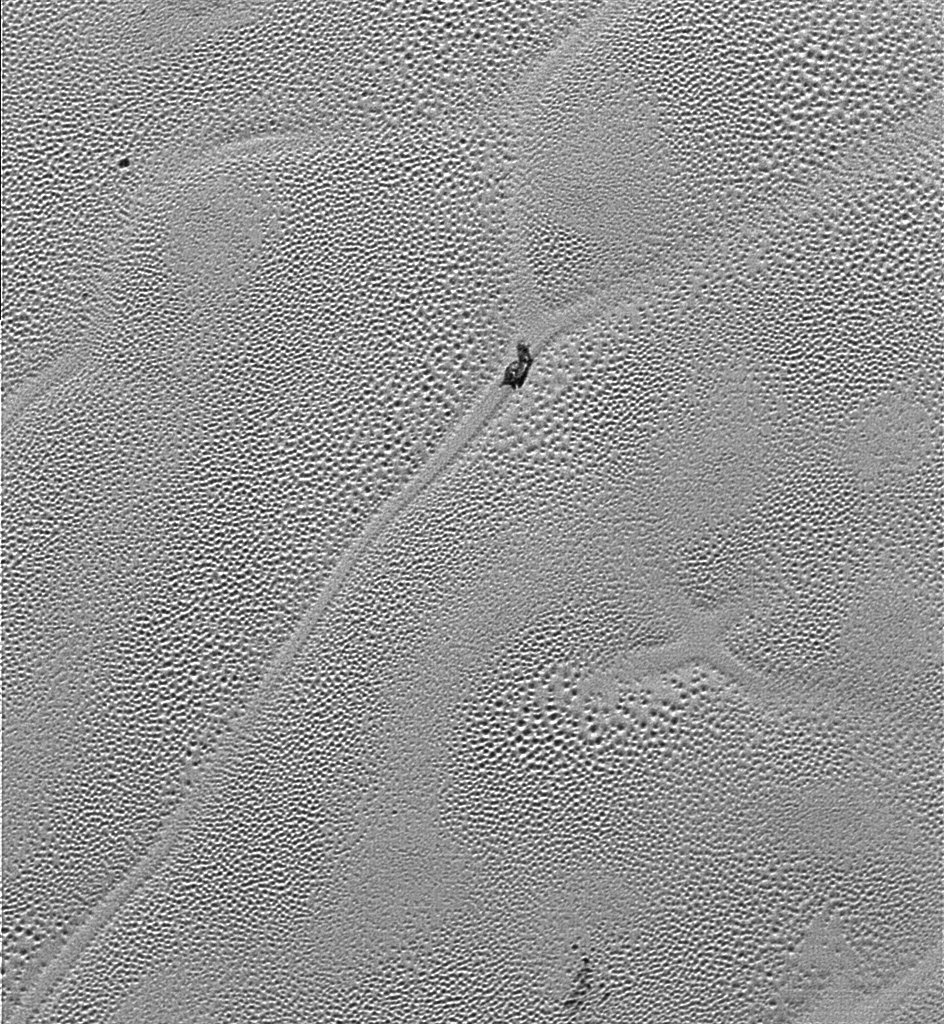
“This part of Pluto is acting like a lava lamp, if you can imagine a lava lamp as wide as, and even deeper than, the Hudson Bay, ”William McKinnon, deputy lead of the New Horizons Geology Team.
Mission scientists believe the pattern of the cells stems from the slow thermal convection of the nitrogen-dominated ices that fill Sputnik Planum.
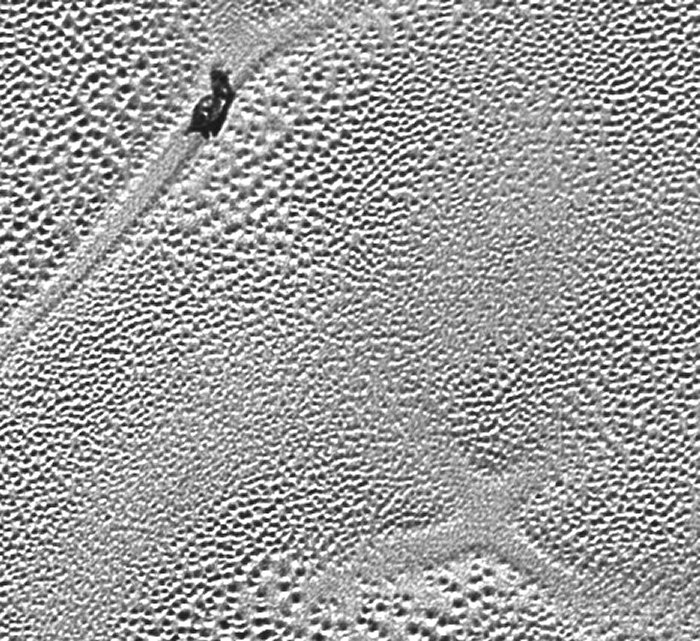
You can see Pluto’s Icy Plains in Highest-Resolution Views from New Horizons – here
A reservoir that’s likely several miles or kilometers deep in some places, the solid nitrogen is warmed at depth by Pluto’s modest internal heat, becomes buoyant and rises up in great blobs, and then cools off and sinks again to renew the cycle.
Computer models by the New Horizons team show that these blobs of overturning solid nitrogen can slowly evolve and merge over millions of years.
The ridged margins, which mark, where cooled nitrogen ice sinks back down, can be pinched off and abandoned.
The “X” feature is likely one of these—a former quadruple junction where four convection cells meet. Numerous, active triple junctions can be seen elsewhere in the LORRI mosaic.
New Horizons is now on its way toward a small object called 2014 MU69, which lies about 1 billion miles (1.6 billion km) beyond Pluto. The probe will most probably perform a flyby of 2014 MU69 on Jan. 1, 2019.
MessageToEagle.com
via NASA

